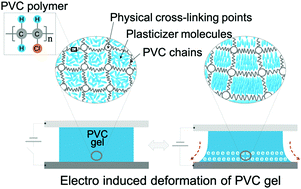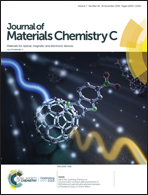Recent advances in plasticized PVC gels for soft actuators and devices: a review
Abstract
Plasticized poly(vinyl chloride) (PVC) gels belong to a class of electroactive polymers (EAPs), which have the ability to realize bending motion, contractile motion, extended motion and crawling motion under electric stimulation. PVC gel-based soft actuators have demonstrated equal strain, strength and speed to those of biological muscle with a relatively low driving voltage, and have shown good stability and durability. They show great potential as soft actuators or artificial muscles and have drawn significant attention and interest in recent years in multi-disciplinary domains. This review comprises a comprehensive survey of the state-of-art technologies for PVC gel actuators and devices over the last two decades, which covers the aspects of materials, fabrication, structures and properties, modeling and control, applications and future challenges. In particular, it discusses how PVC gels show great potential for diverse applications, including soft robotic actuators, mechatronic devices, biomedical devices, sensors, and optical devices. The recent developments and applications of PVC gel actuators and devices are summarized, and the existing challenges and potential solutions are presented.

- This article is part of the themed collection: Recent Review Articles


 Please wait while we load your content...
Please wait while we load your content...